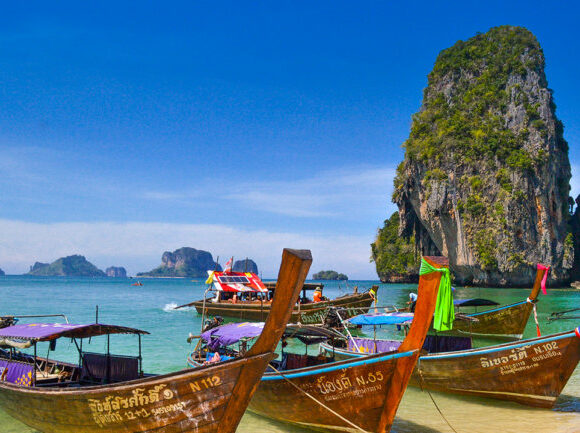Equatorial Guinea: The Dream Land in Africa

What is the first thing that comes to our mind when we think about travelogue. This kind of writing is different from the rest for its ability to appeal our heart. Sometime, a travelogue is more powerful than a piece of poem. It is not the words that make the said piece of art exceptional. What makes the piece special is its content. Most of us loves to read travelogues. No two person have a same reason to love this art. Each of us has a different reason to love this art. This reality explains the strength of this art form.
At the time of the origin of this art, it was not complicated as what it is now. It was as simple as diary writing. The moment it has identified the need to get merged with emotions, this refined art, in its present form, has rightly originated.
When a travelogue is written, the writer not only explains simply what he has seen but also explains what all emotions he has experienced.
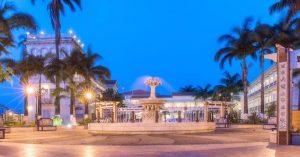
Travelogue is a perfect blend of data and emotion. To create a perfect travelogue, one needs to get both the said elements right. It is not less a challenge. Sometimes, it is herculean too.
In this edition, an attempt is made to explore one of the dream lands in Africa. That land is none other than Equatorial Guinea, a rich country located in the western coast of the central region of the continent of Africa.
Equatorial Guinea, popularly known as the Republic of Equatorial Guinea, was a colony of Spain. It is a small country with an area of 28,000 square kilometres. The country speaks Spanish – the only African state where this language is an official language.
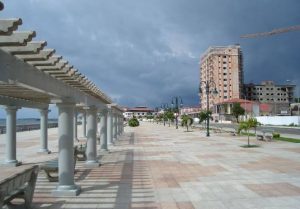
Unlike other African countries, this country is extremely wealthy – one of the richest countries in the continent of Africa. Though its Gross Domestic Product rate and its Purchasing Power Parity rate are very high compared to the rest of Africa – 43rd in the world, its Human Development Index is not impressive at all – 144th in the world.
The discovery of oil reserves was what that overturned the destiny of this country. The colonial Guinea was an exporter of cocoa, timber and coffee. It had good relation with the west – especially Spain, Germany and France. Since the discovery of oil reserves, the country is one of the biggest exporters of oil in the region.
It is a member of several national and International organisations, such as the African Union, Organisation of the Petroleum Exporting Countries and the Community of Portuguese Language Countries.
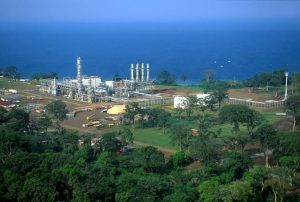
Unfortunately, the country is notorious for its criminal rate. Human trafficking is a big problem. The country is struggling to fight forced labour and forced sex trafficking. What make things worse is its less impressive press freedom index. An International Organisation rates this country as one of the worst countries in terms of its press freedom index.
Nonetheless, the tourism sector of this country is growing. The infrastructural development the country has achieved is what that has helped this country to achieve this momentum in the sector of tourism. The country is now one of the most popular tourist destinations in this part of Africa.
The country understands the potential of this sector and has launched several policies to promote this sector. Undoubtedly, in the near future itself, the country will emerge as the most attractive tourist destination in the continent of Africa.
The country offers each and every thing one expects from an ideal tourist destination – from exceptional historic ruins to unmatchable beaches.
This country consists of two parts: the insular region and the mainland region. The islands of Bioko, Sao Tome and Principe, and Annobon make the insular region, while the main land consists of Bata, Ciudad de la Paz and several offshore islands.
Malabo, Bioko, Bata and San Antonio de Ureca are the prime tourist destinations in this part of the world.
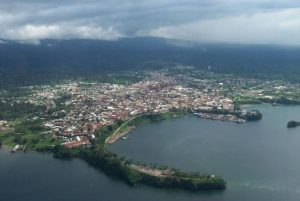
Malabo, which is a port city, is the capital of the country. The region is known for its colonial architecture. Santa Isabel Cathedral and Casa Verde are some of them. Equatoguinean Cultural Centre is also a prime attraction. The region is different from the rest for its vibe. Definitely, it is at a time a perfect port city, as well as a vibrant capital city.
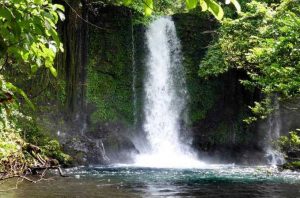
Bioko is a Volcano Island situated in this part of the world. It is a mountainous region. Its scenic beauty is indescribable. The land surely has the blessing of the goddess of nature. It is an ideal destination for nature lovers. Luba Crater Scientific Reserve is the main attraction in this region.
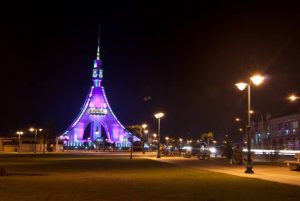
Bata is the most popular port city in this city. What is that which brings travellers here is the ultimate coastal life experience the region offers. It is a fantastic chill-out destination. Beaches in this region are where some of the most fabulous restaurants, clubs and bars are located. It is also an appropriate destination for shopping. The city is home to one of the busiest markets in the country. Like other cities in this part of the world, this city also owns some amazing colonial architecture. Bata Cathedral is the most important one among them.
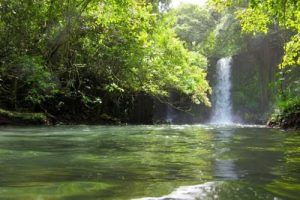
San Antonio de Ureca is a beautiful village in this country. It speaks volumes how much blessed this country is. The village is a gift of nature. It is important to explore this village to understand the real vibe of this country. The region represents the less explored wealth – that is its real culture, environment, tradition, lifestyle and cuisine – of this country. It is important to note here that the region has a different character compared to the rest of Africa; in contrary to the general opinion that Africa is a dry continent, this village is known for its abundant rainfall and water reserve. This village showcases another face of the continent – which has not yet been explored rightly.
This country definitely deserves a space in your bucket list, don’t you think so? Explore Nature! Stay Rejuvenated!



